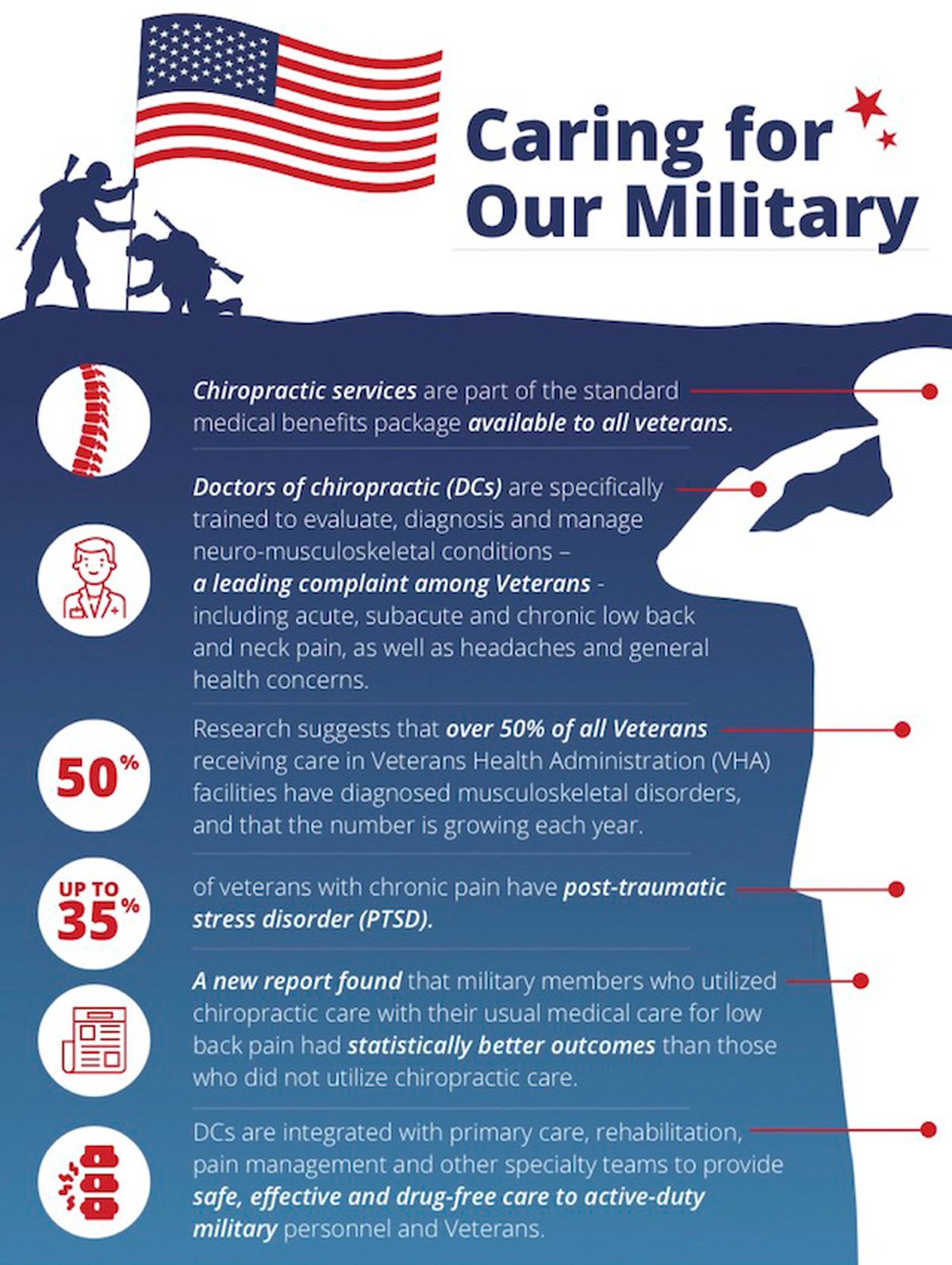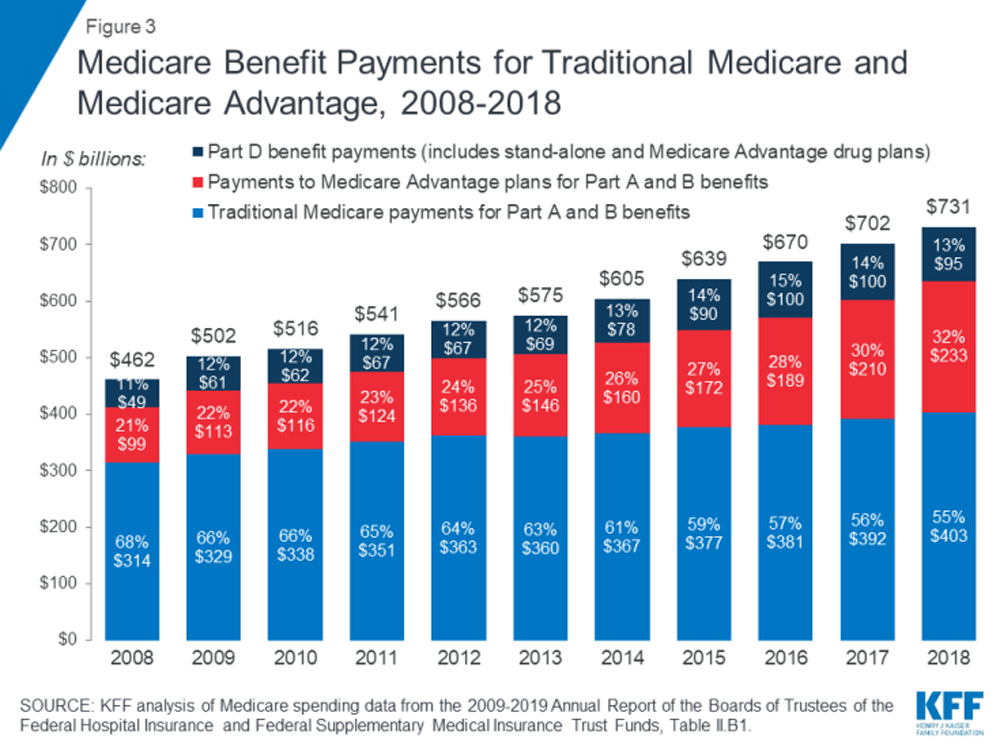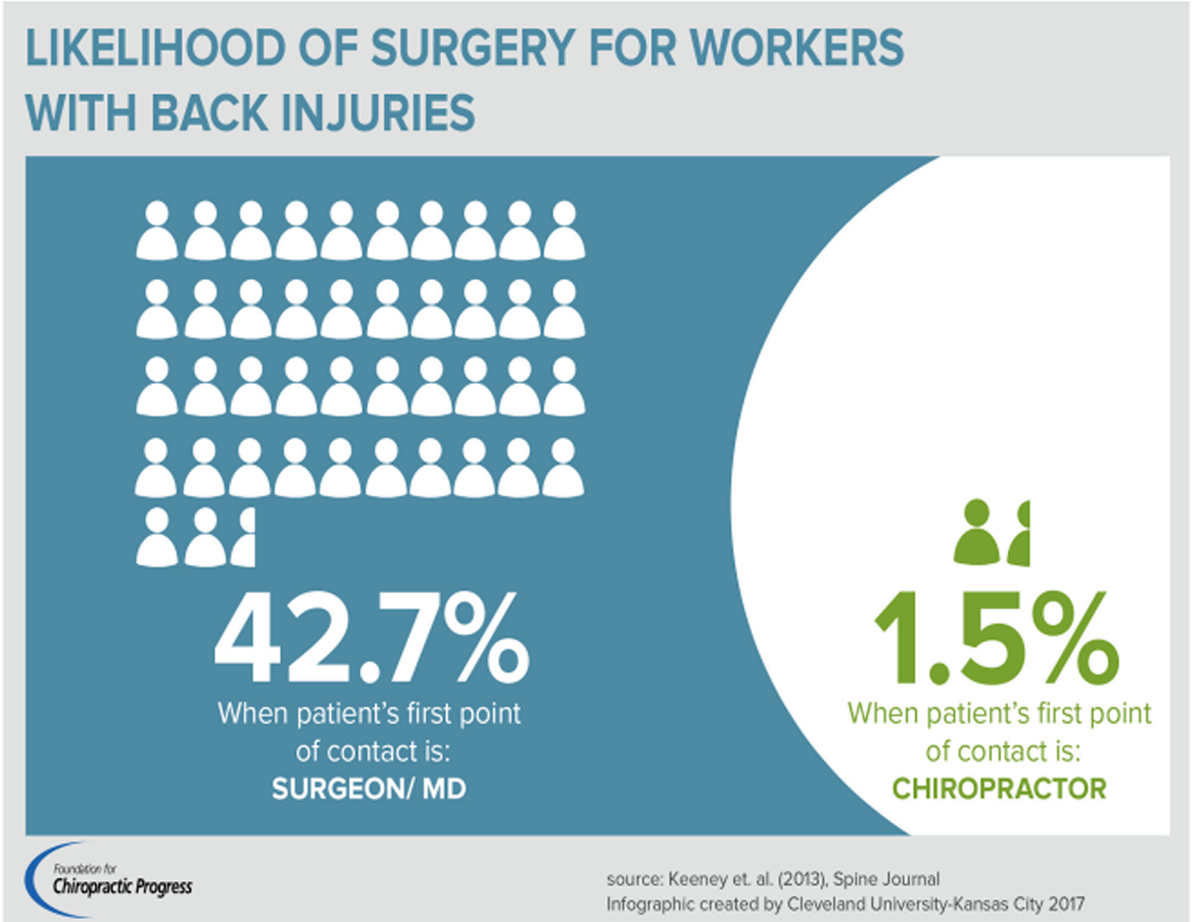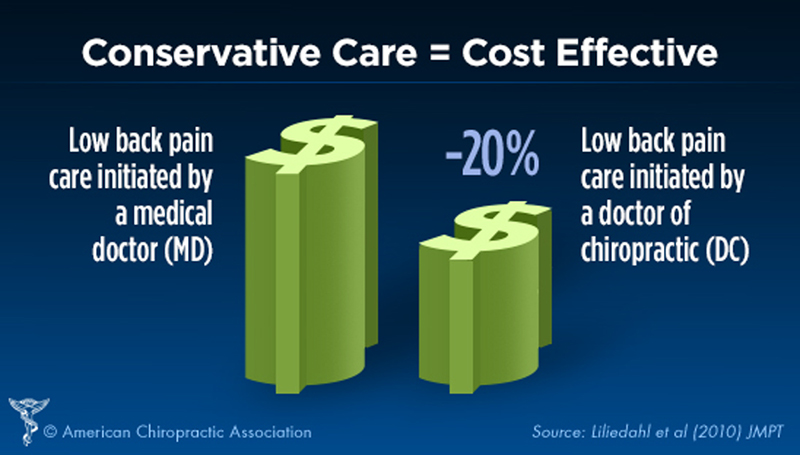Cost-Effectiveness Of General Practice Care For Low Back Pain: A Systematic Review
SOURCE: Eur Spine J. 2011 (Jul); 20 (7): 1012–1023
Chung-Wei Christine Lin, Marion Haas, Chris G. Maher,
Luciana A. C. Machado, Maurits W. van Tulder
The George Institute for Global Health and
Sydney Medical School,
The University of Sydney,
PO Box M201, Missenden Rd,
Sydney, NSW 2050, Australia.
Care from a general practitioner (GP) is one of the most frequently utilised healthcare services for people with low back pain and only a small proportion of those with low back pain who seek care from a GP are referred to other services. The aim of this systematic review was to evaluate the evidence on cost-effectiveness of GP care in non-specific low back pain. We searched clinical and economic electronic databases, and the reference list of relevant systematic reviews and included studies to June 2010. Economic evaluations conducted alongside randomised controlled trials with at least one GP care arm were eligible for inclusion. Two reviewers independently screened search results and extracted data.
Eleven studies were included; the majority of which conducted a cost-effectiveness or cost-utility analysis. Most studies investigated the cost-effectiveness of usual GP care. Adding advice, education and exercise, or exercise and behavioural counselling, to usual GP care was more cost-effective than usual GP care alone. Clinical rehabilitation and/or occupational intervention, and acupuncture were more cost-effective than usual GP care. One study investigated the cost-effectiveness of guideline-based GP care, and found that adding exercise and/or spinal manipulation was more cost-effective than guideline-based GP care alone.
There are more articles like this @ our:
In conclusion, care from a general practitioner (GP) alone did not appear to be the most cost-effective treatment option for low back pain. GPs can improve the cost-effectiveness of their treatment by referring their patients for additional services, such as advice and exercise, or by providing the services themselves.
From the FULL TEXT Article:
Introduction
The direct (healthcare) and indirect (loss of productivity) costs of low back pain (LBP) have been estimated for several countries, in a number of studies, with each study reporting staggering costs [1]. For example, the conservative estimates for direct and indirect costs of LBP in United Kingdom were £1,632 and £3,440 million in 1998 [2]. These figures are likely to be higher today. In the United States, healthcare costs among people with spinal pain increased by 65% from 1997 to 2005, more rapidly than the overall healthcare costs, and accounted for 9% of the total healthcare costs in 2005 [3]. Studies like these illustrate the need to efficiently use available healthcare budgets when managing LBP.
An economic evaluation takes into account the costs relative to the effects (outcomes) in a systematic comparison of two or more treatment alternatives [4, 5]. It does not necessarily answer the question of what the cheapest intervention is. If an intervention is more effective than another intervention but associated with higher costs, the intervention may still be cost-effective if the ratio of costs and effects is acceptable. Hence, economic evaluations are designed to inform policy makers, clinicians and consumers about the relative efficiency (value-for-money) of treatment alternatives.
Care from a general practitioner (GP care) is one of the most frequently utilised healthcare services for LBP [2, 6]. The role of a GP working in primary care is to triage and provide first-line care to manage LBP. In managing LBP, GPs may be the sole provider of care or, in about 20% of patients [6, 7], GPs refer patients for additional healthcare services (e.g. physical therapy). The purpose of this systematic review was to critically appraise and summarise current evidence, retrieved from economic evaluations conducted alongside randomised controlled trials, on the cost-effectiveness of GP care compared to other treatment options for non-specific LBP.
Read the rest of this Full Text article now!





Leave A Comment